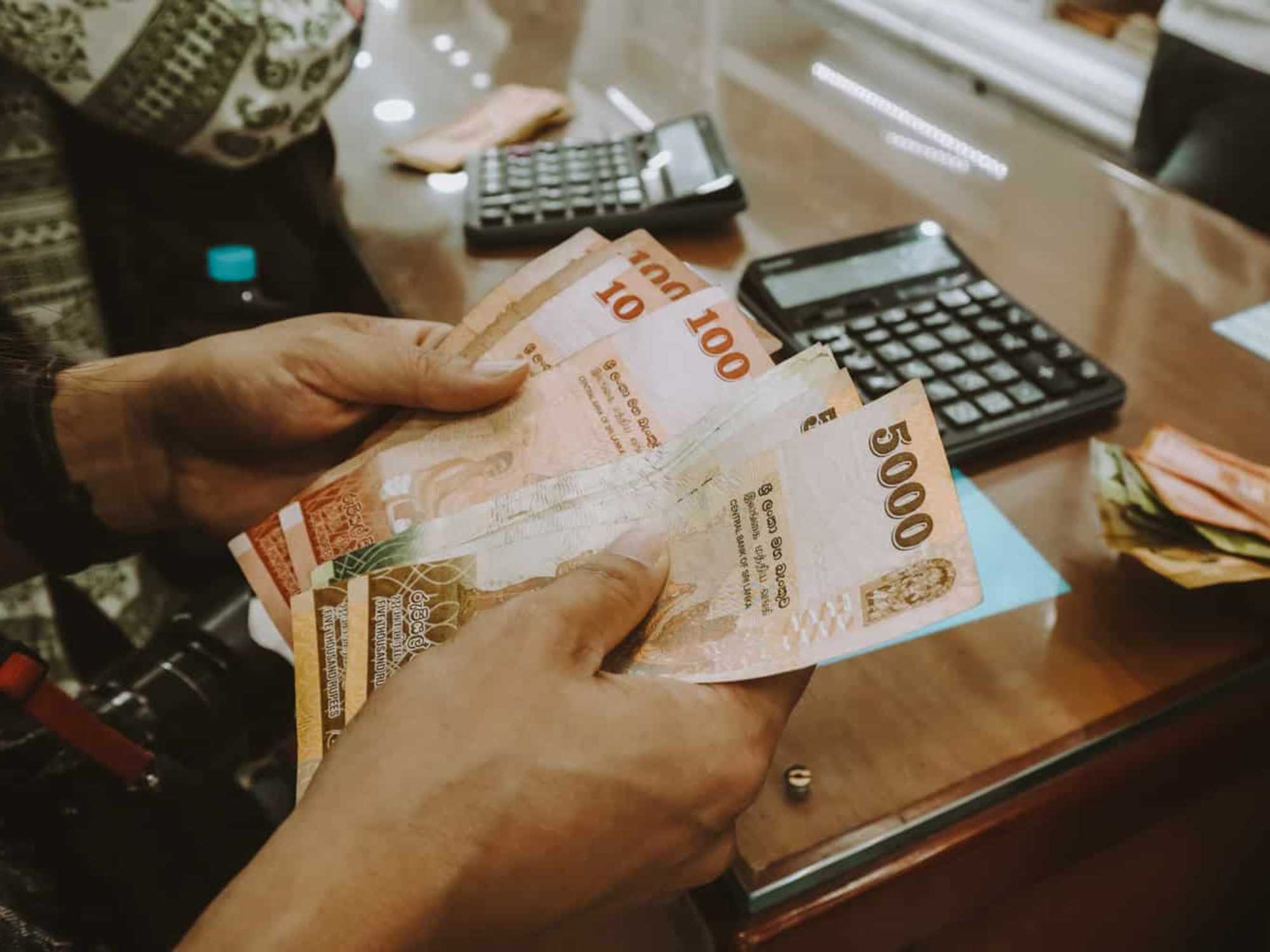
Money and costs
The Sri Lankan currency is the rupee (Rs), divided into 100 cents; pricing in cents is rare. Rupee coins come in denominations of one, two, five and 10 rupees. Notes come in denominations of 10, 20, 50, 100, 200, 500, 1000, 2000 and 5000 rupees.
Tipping
Although a 10% service charge is added to food and accommodation bills, this usually goes straight to the owner rather than the worker.
Restaurants & Bars Up to 10% in cash to servers beyond the ‘service charge’
Drivers 10% of total fee
Room cleaners Up to Rs 100-200 per day
Bag carriers/porters Rs 50-100 per bag
Shoe minders at temples Rs 20 – 100
Guides Varies greatly; agree to a fee in parks and religious sites before you set out
Disclaimer: Please note that the prices mentioned in this article are subject to change and may vary depending on other factors.
Money
The Sri Lankan currency is the rupee (Rs), divided into 100 cents, although these days pricing in cents is rare. Rupee coins come in de- nominations of one, two, five and 10 rupees. Notes come in denominations of 10, 20, 50, 100, 200, 500, 1000 ,2000 and 5000 rupees.
Cash
Any bank or exchange bureau will change major currencies in cash, including US dollars, euros and British pounds. Change rupees back into hard currency at the air- port prior to leaving, as even nearby countries may not exchange Sri Lankan currency.
ATMs
ATMs are common in Colombo and other cities such as Kandy. Larger towns will have at least one and often more. ATMs often issue Rs 500 and 1000 notes. Try and break them as soon as possible as small vendors may not accept large notes – you can usually do this inside the bank that operates the ATM.
Moneychangers
Moneychangers can be found in Colombo and major tourist centres. They generally don’t charge commission and their rates are competitive. Unlicensed moneychangers trade currency at slightly better rates than officially licensed moneychangers. They’re not worth the very real risk in getting ripped off. ATMs are safer and more reliable.
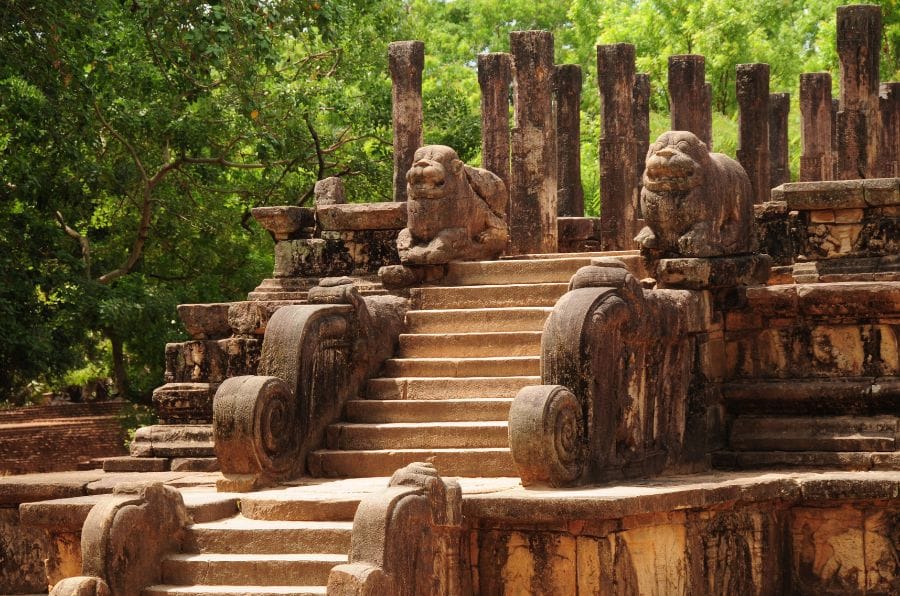
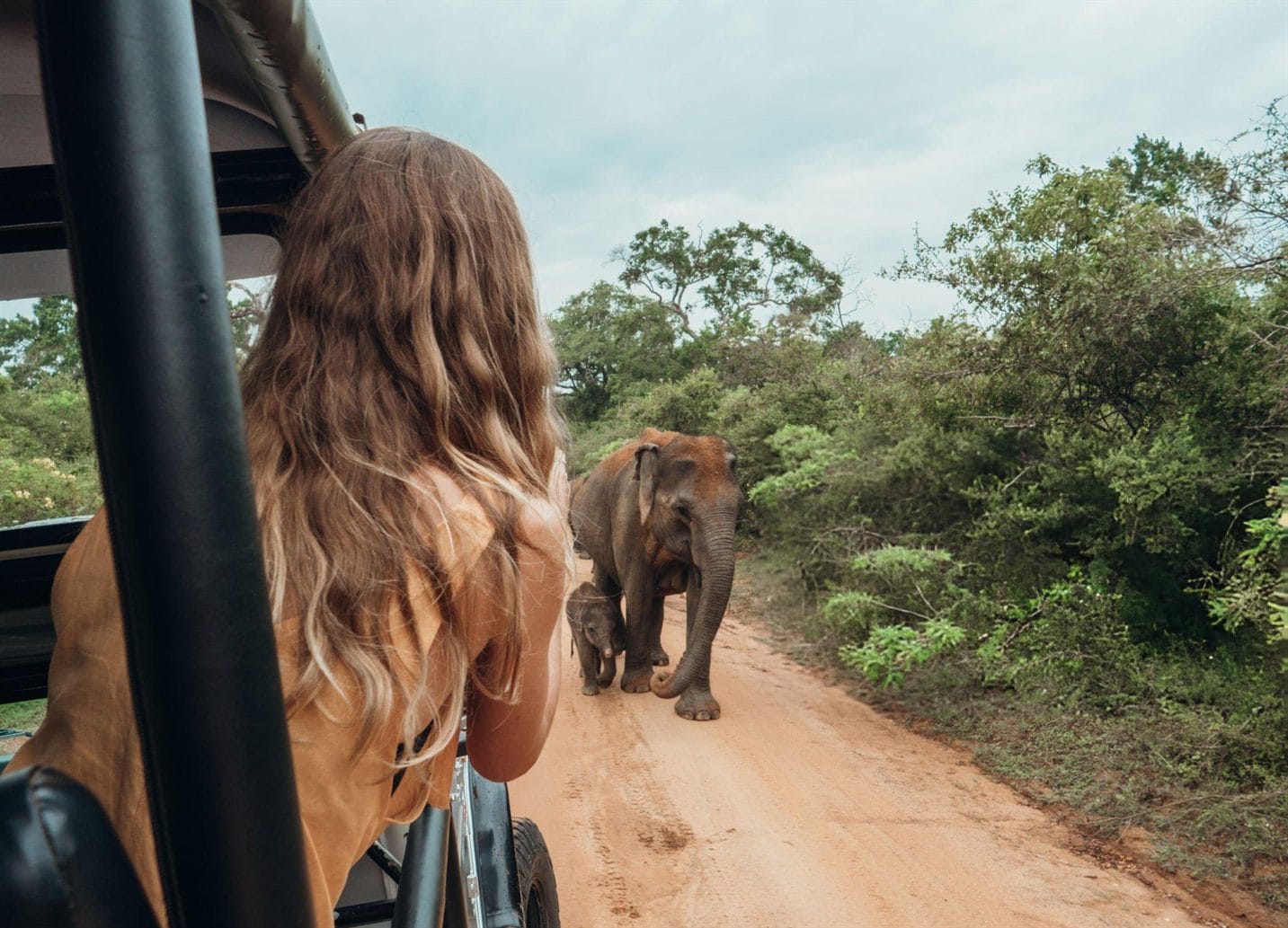
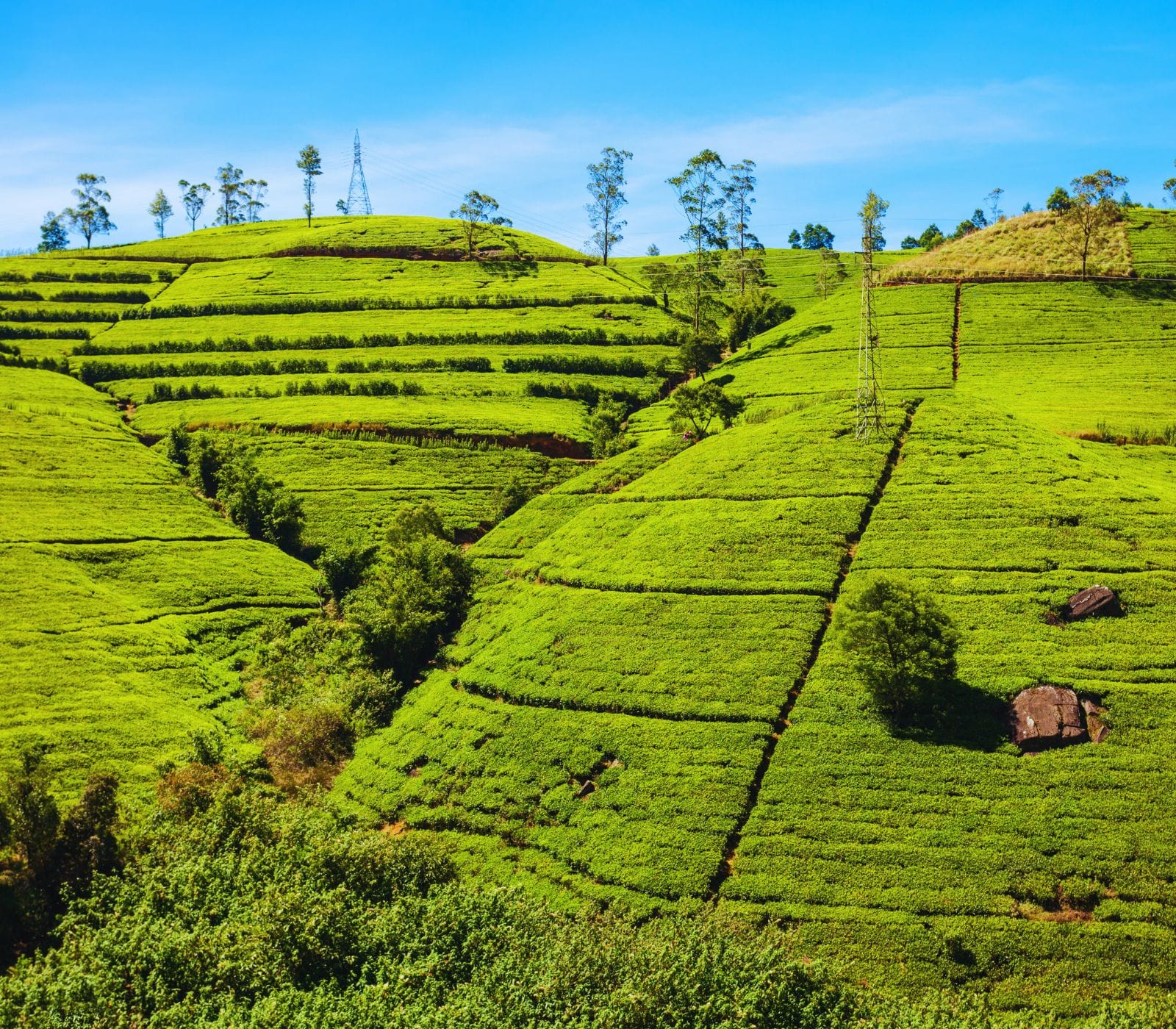
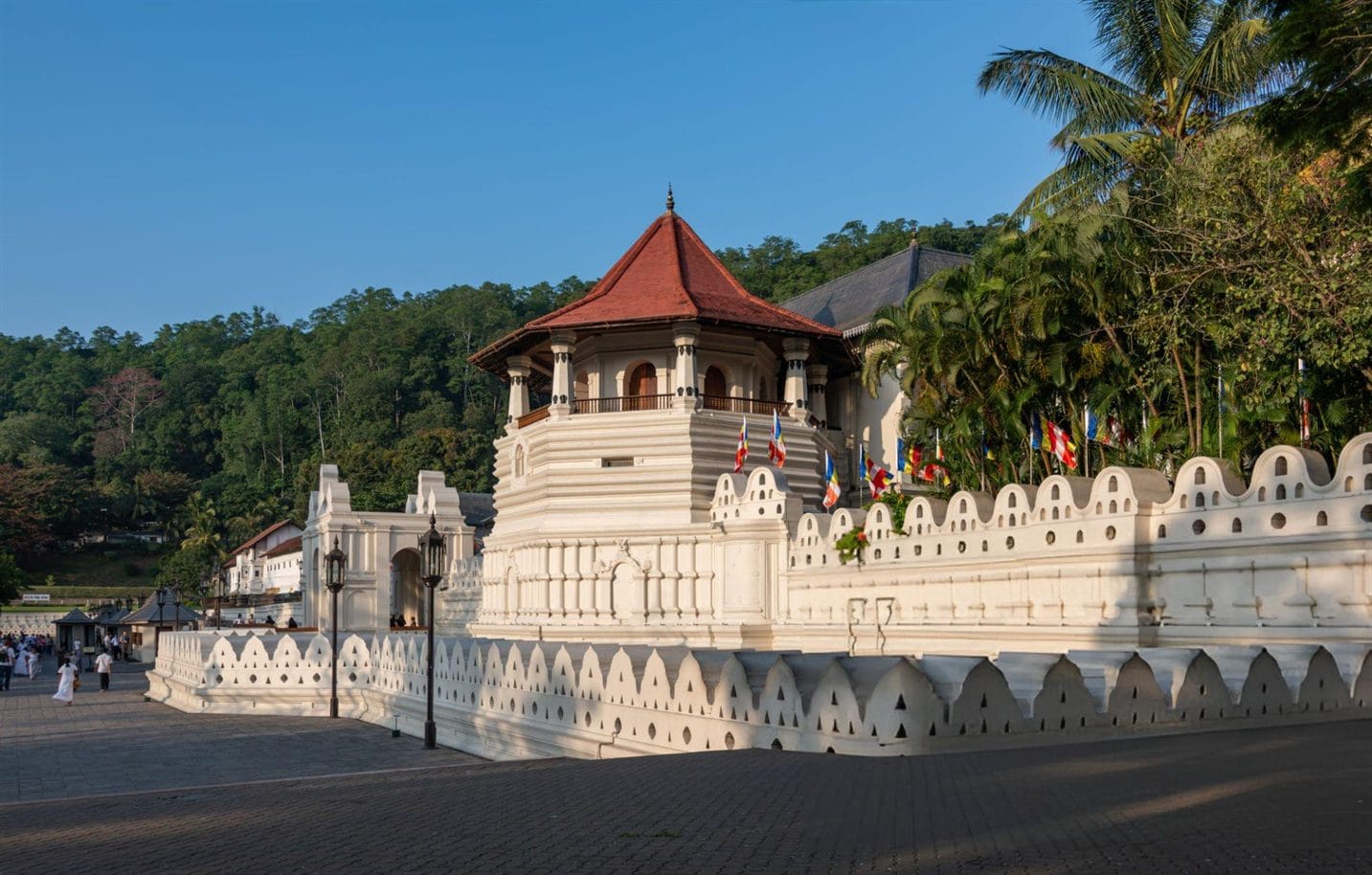
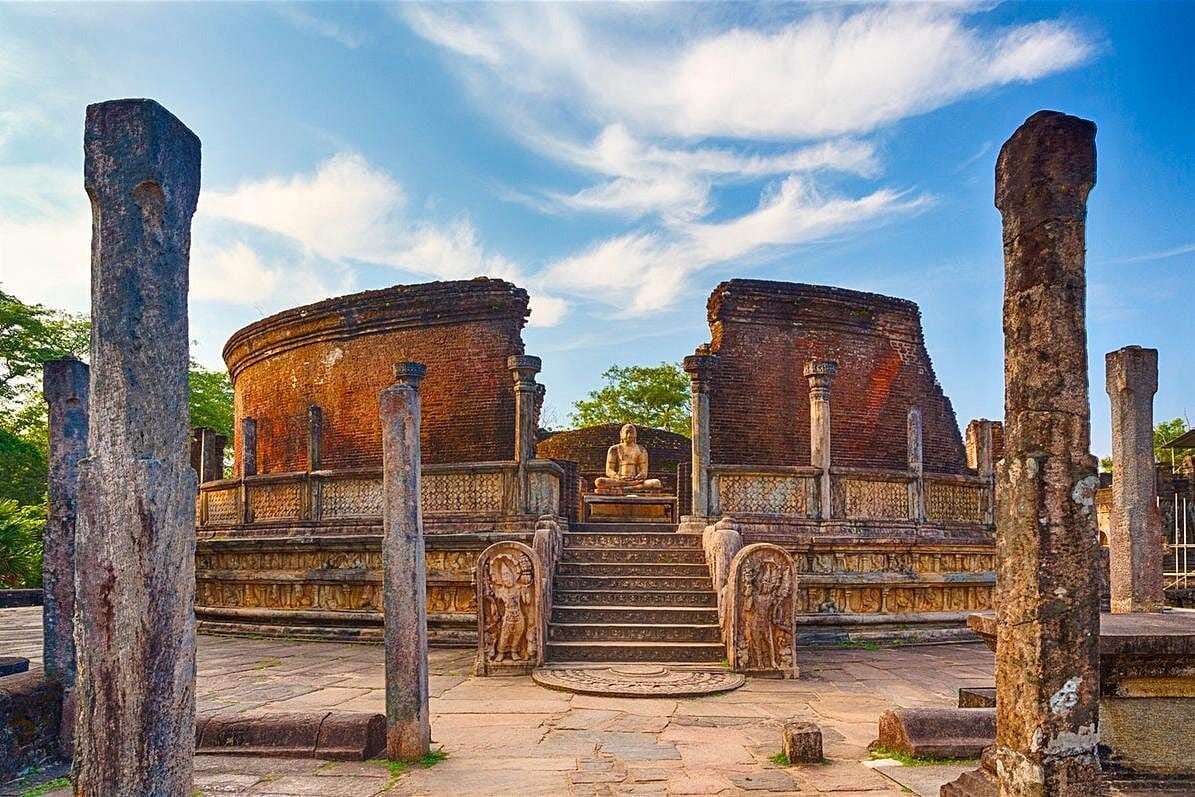



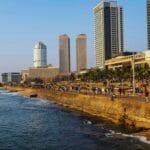

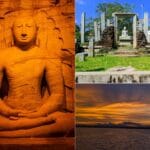


Leave a comment: